Guyana: Day 3 – Uitvlugt
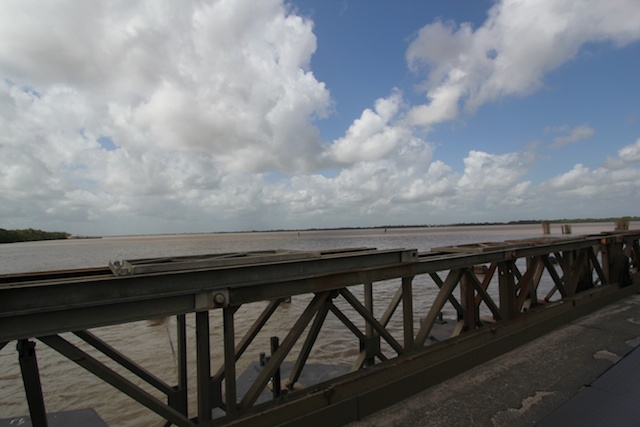
We had two options for what we wanted to do on our third day in Guyana: go with master distiller Shaun Caleb on a trek into the Guyanese jungle, or do some things around the distillery. David OG and I decided to split up as best to exploit our resource: I could bug the operations staff all day, while David could spend more time pumping Shaun for information. David OG might be a bit jealous, however, because I managed to convince DDL to call the Guyanese government and give me a tour of the state-owned Guysuco Uitvlugt-Leonara sugar estate factory. I told Komal last night that we were dedicated to El Dorado because they're one of the most open and transparent companies we've ever worked with. I stressed to him that the more information about rum he could present me with, the more I could make the case for his brand; "We're all about communicating the story to our customers," I said. "Then you should learn how we get our molasses," he replied.
Indeed.
After the others departed around 8:30, I hopped in a car with distillery chemist Najuma Nelson and we headed west, across the expansive Demerara river (and over a mile-long floating bridge) towards Uitvlught where the factory sits and high-quality Demerara sugar is produced.
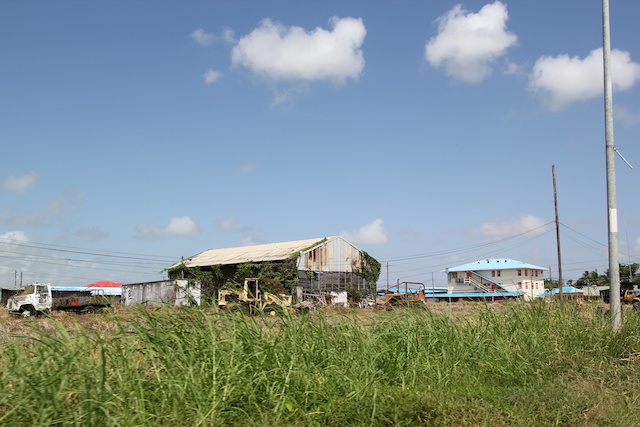
The town of Versailles is on the way to Uitvlugt and our driver was able to point out where the old estate was from where DDL sourced its ancient single wooden pot still. Remember there were once more than 370 sugar estates and distilleries operating in Guyana. Serious booze history is just about everywhere you look.
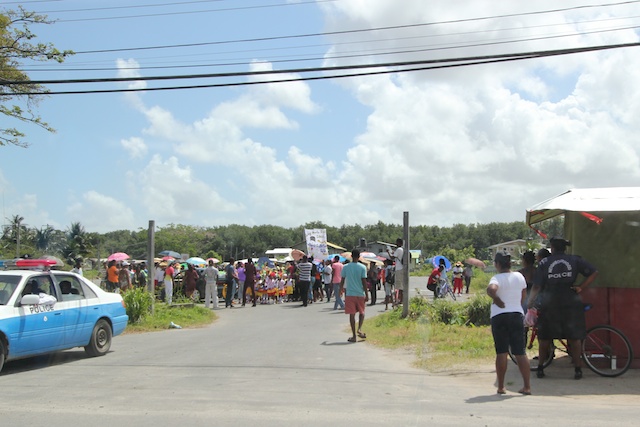
Preparations for Mashramani, the Guyanese version of Carnivale, were going on all along the road, as well. Sunday is the big celebration, but of course we're leaving Saturday. "You came all the way to Guyana and you're leaving the day before Mashramani?" everyone asked us. Great planning on our part. Maybe I can extend my flight to Monday.
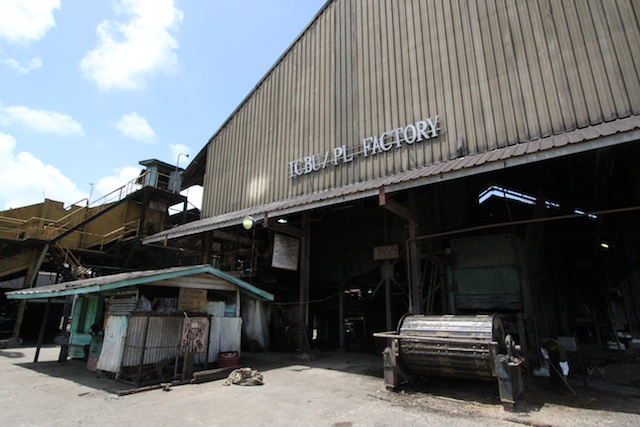
I don't think the Guysuco sugar factory gets many visitors. Of the few they might get, I don't think any of them are Americans with notebooks taking an excessive amount of pictures. I definitely stood out like a sore thumb, but I was given a warm welcome and everyone was very helpful. ICBU stands for Isaac Christiany Boody/Uitvlugt, which you may recognize from El Dorado's single still series we're currently selling. That's because the Savalle still was taken from the former Uitvlugt distillery, which was located right next door to the ICBU factory, so both facilities share the same name. Distilleries were built in Guyana only as part of a sugar estate, but Uitvlugt was closed in 2000 and the equipment was moved to Diamond distillery.
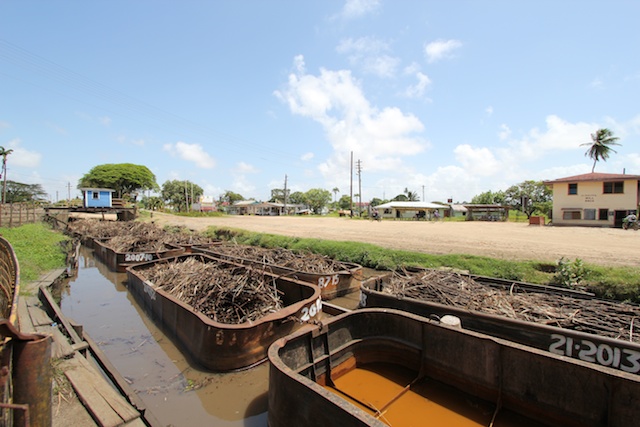
And now I understand why there's a small river flowing through the Diamond distillery that seems to serve little purpose! While the Diamond sugar estate no longer exists, it did at one point and its purpose was to transfer the harvested cane to the crusher. While some operations have moved over to mechanical harvesting, the plant manager said all his cane is still harvested by knife or machete.
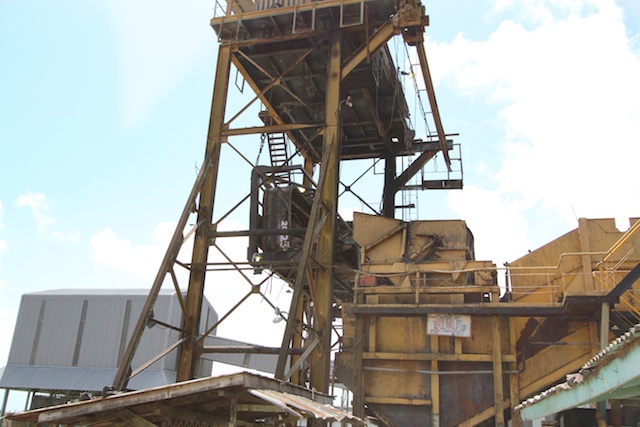
Each boat is lifted by the towering crane and dumped into an absolutely massive crusher. I don't think I can properly convey through words and photography what an experience this factory was. It was like being transported back into the early days of industrialization and I loved every second that I spent there.
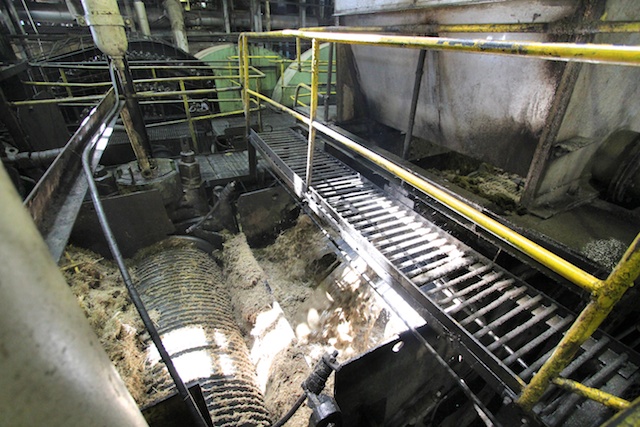
I'm not sure you can see drop the photo the size and scale of what's going on at ICBU. You're walking incredibly close, over metal bridges and walkways, and on top of a gigantic grinder that's pulverizing the cane and squeezing out the sweet juice. The leftover material is called bagasse and is used for a variety of other things. Even my wide angle lens couldn't take in the entire scene, so I'm going to post another one below.

Don't fall in!

And here's the long view.

And once again from above!

The juice is then transferred into these giant tanks called evaporators where the water is separated through boiling.
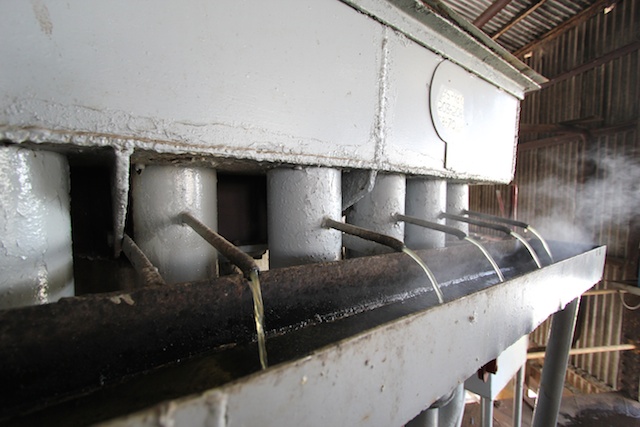
And out comes the syrup!
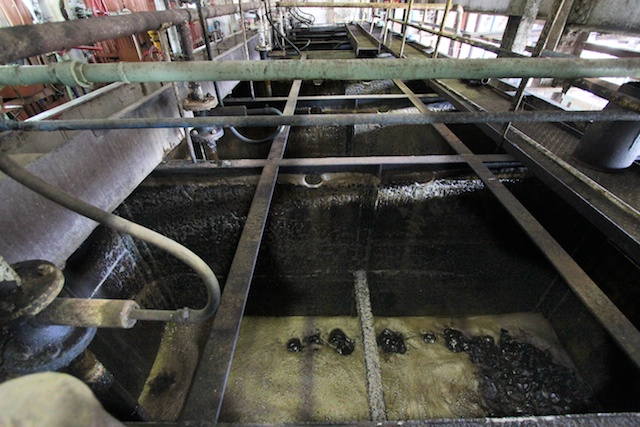
Molasses, of course, is what's left after much of the initial sugar has been removed from the juice. As it boils it continues to separate sugar into crystals.
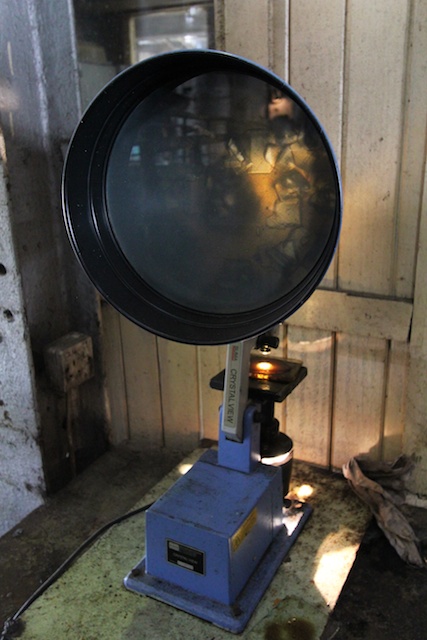
The guys can monitor the situation by taking a sample and putting it on the microscope to check the crystallization.

And then, in a room with weird lighting, you separate those crystals into sugar. Demerara sugar is never completely refined, which is part of what gives it its special flavor and sweetness. The result is delicious.
More later! I've gotta run over to the distillery and make some rum!
-David Driscoll
